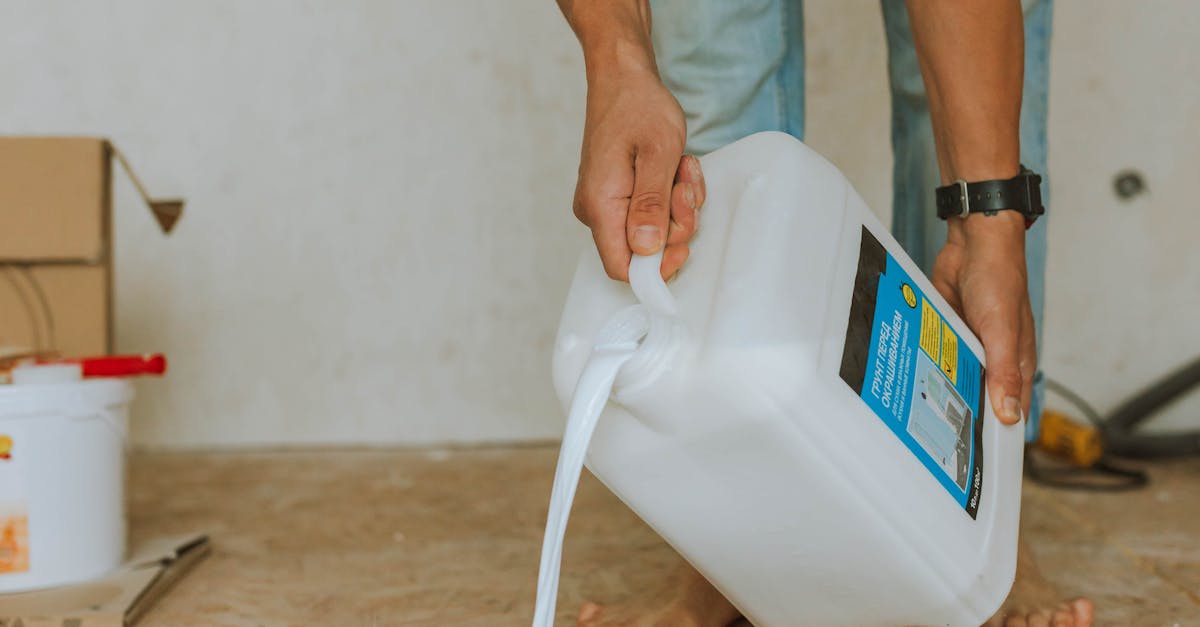
The Impact of Trim Design on Costs
The design of trim plays a significant role in determining installation costs. Simple trim styles, such as basic crown or baseboards, typically require less time and labor, resulting in lower overall expenses. In contrast, intricate designs may involve more complex installation techniques, extensive measuring, and additional finishing work. Homeowners should consider their budget and the desired aesthetic when choosing trim styles, as these factors directly influence the final price of trim installation.
Beyond the labor involved, the choice of materials also affects costs. Premium materials like hardwoods or custom moldings can considerably raise expenses compared to standard options like MDF or vinyl. The impact of trim design on costs goes beyond mere aesthetics; it encompasses the entire scope of the project. Homeowners should account for these elements when planning for trim installation to ensure that their choices align with both their vision and their financial resources.
Simple vs. Intricate Trim Styles
Trim styles can significantly influence the overall cost of installation. Simple trim designs, such as standard baseboards or crown molding, tend to be more affordable. These styles generally require less intricate cuts and are easier to install, which contributes to lower labor costs. Homeowners often opt for these straightforward designs if they are looking for a budget-friendly solution that still provides a polished look.
On the other hand, intricate trim styles can add elegance and character to a space. These designs frequently involve detailed patterns, curves, or customized elements, requiring more skilled craftsmanship and careful installation. As a result, the labor involved in these projects is typically higher, resulting in increased costs for trim installation. Homeowners seeking to elevate their home's aesthetic should weigh the additional investment against the potential impact of these detailed trim options.
Additional Expenses to Consider
When planning for trim installation, it’s crucial to consider additional expenses beyond the basic labor and materials. Preparation work, such as removing old trim or patching walls, can add to the overall cost. Depending on the condition of your walls or floors, you may also need to invest in leveling or priming surfaces. These tasks can significantly increase labor hours or necessitate extra materials.
Tools and supplies for trim installation may also impact your budget. Painters tape, caulk, nails, and adhesive can accumulate costs quickly, especially if you opt for high-quality products. Renting or purchasing specialized tools, like a miter saw, can also contribute to your overall expenditure. It is advisable to account for these potential expenses when estimating the total cost of your trim project.
Tools, Materials, and Preparation Costs
When planning for trim installation, understanding the costs associated with tools and materials is essential. Basic tools such as miter saws, nail guns, and levels are often required for a professional finish. If homeowners choose to rent rather than purchase these items, rental fees should be factored into the overall project costs. Additionally, the choice of materials significantly affects the budget. Premium wood options can escalate costs, while synthetic materials may offer a more affordable alternative.
Preparation costs can also play a role in the overall expense of trim installation. This may involve patching walls, sanding, or priming surfaces to ensure a seamless application. Homeowners should consider whether they will undertake these preparation tasks themselves or hire a professional for a smoother process. Any additional labor costs can quickly accumulate, making it crucial to outline all potential expenses before committing to a specific trim installation project.
Getting Quotes from Contractors
When seeking quotes from contractors for trim installation, it's essential to gather estimates from multiple professionals. This not only gives a good sense of the average cost but also allows for comparison of services and quality. Make sure to communicate your specific needs and provide details such as the type of trim, the size of the area, and any particular design preferences. Different contractors may have varying approaches, which can significantly influence the final price.
Evaluating quotes effectively requires attention to the details provided in each estimate. Look beyond the total cost; assess what is included in the quote, such as materials, labor, and any additional services. Clarifying how long the project will take and the tools required can help gauge the professionalism of each contractor. A clear comparison of these factors ensures a well-informed decision regarding your trim installation project.
How to Evaluate Quotes Effectively
When evaluating quotes for trim installation, it is essential to look beyond the bottom line. A low estimate might seem attractive but could indicate lower-quality materials or insufficient labor. Review each quote in detail. Inspect the itemized costs for materials, labor, and any additional expenses listed. Ensure the contractor has included all aspects of the project to avoid surprises later on.
Another factor to consider is the contractor’s experience and reputation. Check for reviews or references from past clients. A contractor with a history of successful trim installation projects is likely to deliver better results. Comparing quotes should encompass not only price but also the quality of service and materials promised. This comprehensive approach helps ensure you make a well-informed decision.
FAQS
What factors influence the cost of trim installation?
The cost of trim installation can be influenced by factors such as the type of trim design, the complexity of the installation, the size of the area, and the materials used. Additionally, labor rates in your location can also impact the overall cost.
How much can I expect to pay for simple trim installation?
For simple trim styles, you can expect to pay anywhere from $1 to $3 per linear foot for materials, with labor costs adding an additional $2 to $5 per linear foot, depending on your location and the contractor's rates.
Are there additional costs I should be aware of when installing trim?
Yes, additional costs may include tools and materials needed for the installation, preparation work such as patching or painting, and potential waste disposal fees. It’s important to factor in these expenses when budgeting for your project.
How can I effectively compare quotes from different contractors?
To effectively compare quotes, ensure that each contractor provides a detailed breakdown of materials, labor, and any additional costs. Look for similar trim styles and installation processes in each quote to make an accurate comparison.
Is it worth investing in professional installation for trim?
While DIY installation can save money, investing in professional installation can ensure a higher quality finish, save time, and reduce the risk of costly mistakes. If you're not confident in your skills, hiring a professional may be a worthwhile investment.

